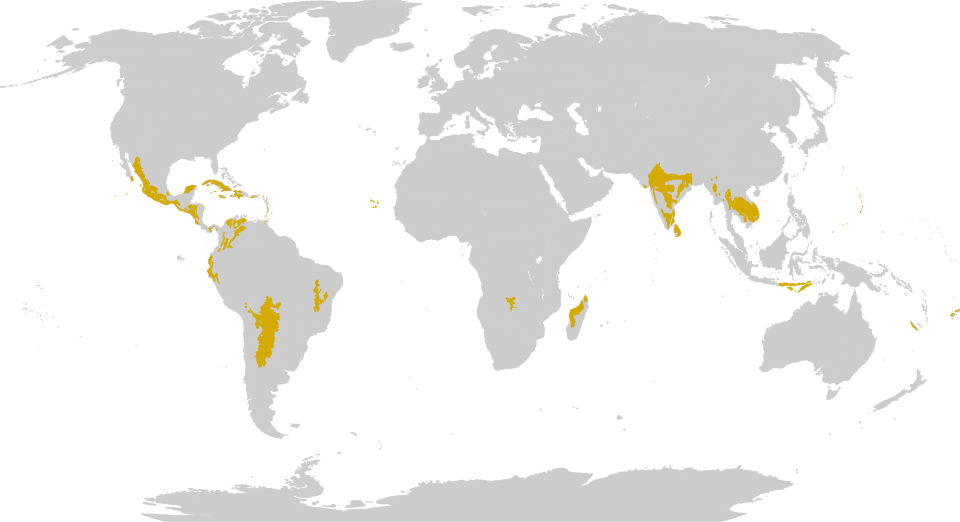Mangrove (MAN)
- Shanti Bants
- Aug 28
- 2 min read
Mangroves are unique and vital ecosystems that are characterised by their distinctive waterlogged, salty soils, which create a challenging environment for plant life. These remarkable trees and shrubs thrive along sheltered tropical and subtropical shores, where they are frequently exposed to a dynamic interplay of tidal influences. The mangrove ecosystem experiences daily and seasonal fluctuations in water flow, which can significantly impact the surrounding environment and the species that inhabit it. Within the intricate gradient that transitions from water-based zones to more terrestrial areas, the species diversity found in mangrove ecosystems is exceptionally high.

This diversity is attributed to the complex interplay of abiotic factors such as salinity levels, the strength and direction of water currents, and the type of substrate present. Each of these parameters plays a crucial role in determining which plant and animal species can thrive in a given area of the mangrove ecosystem. For instance, some mangrove species have adapted to tolerate high salinity, while others may flourish in less saline conditions, leading to distinct zones within the mangrove habitat. The high zone differentiation observed in mangrove habitats is not only fascinating from a biological perspective but also essential for maintaining the ecological balance of coastal regions. These areas serve as critical nurseries for a multitude of species, particularly those associated with open ocean and coral reef ecosystems. Many commercially important fish species, such as snapper and grouper, rely on mangrove habitats during their juvenile stages, where they find shelter from predators and abundant food resources. This nursery function is vital for sustaining fish populations and, by extension, the fisheries that depend on them for economic livelihood. Moreover, mangroves play an essential role in protecting coastlines from erosion and storm surges, acting as natural barriers that absorb wave energy and reduce the impact of extreme weather events. Their extensive root systems stabilise the soil, preventing coastal erosion and maintaining the integrity of the shoreline. This protective function is becoming increasingly important in the face of climate change and rising sea levels, as mangroves can help mitigate some of the adverse effects associated with these global challenges. In summary, mangroves are not only characterised by their unique ecological features but also by their critical importance to biodiversity, fisheries, and coastal protection. Their complex ecosystems support a wide range of species and provide essential services that benefit both the environment and human communities globally.
Locate Mangroves
Reference
World map mangrove distribution.png. (2024, July 22). Wikimedia Commons. Retrieved August 28, 2025, from https://commons.wikimedia.org/w/index.php?title=File:World_map_mangrove_distribution.png&oldid=902147466
Ervin, Jamison., and Marigo, Marion. (2022). Mapping Nature for People and Planet. One Earth. UNDP Global Programme on Nature for Development. Retrieved from One Earth.





Comments